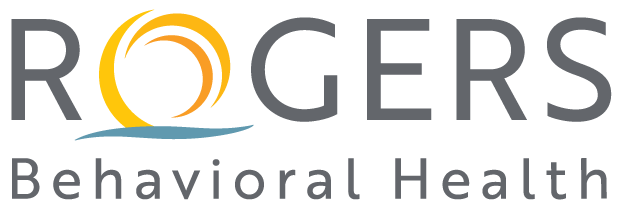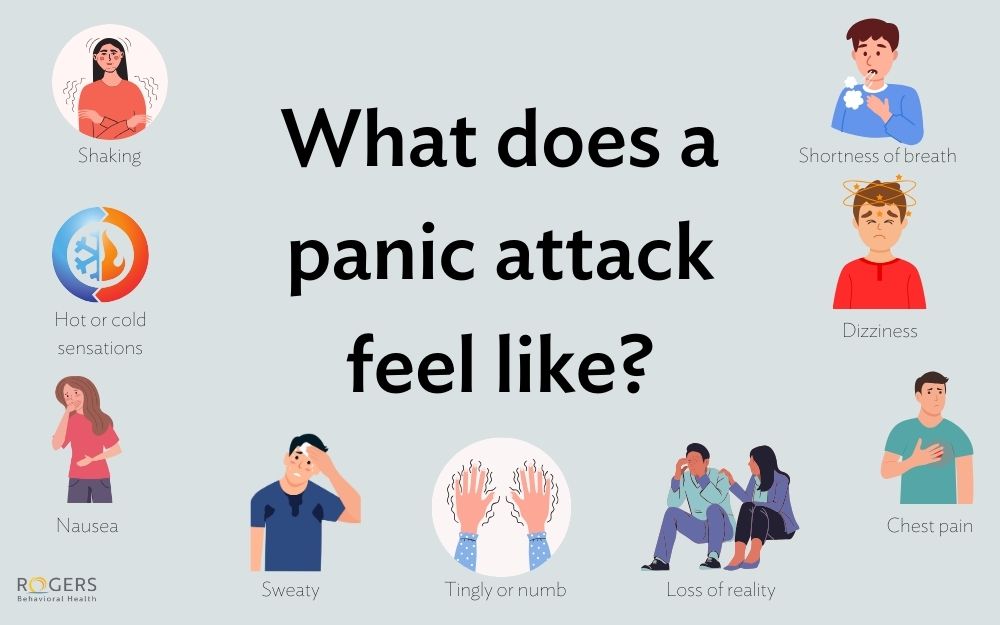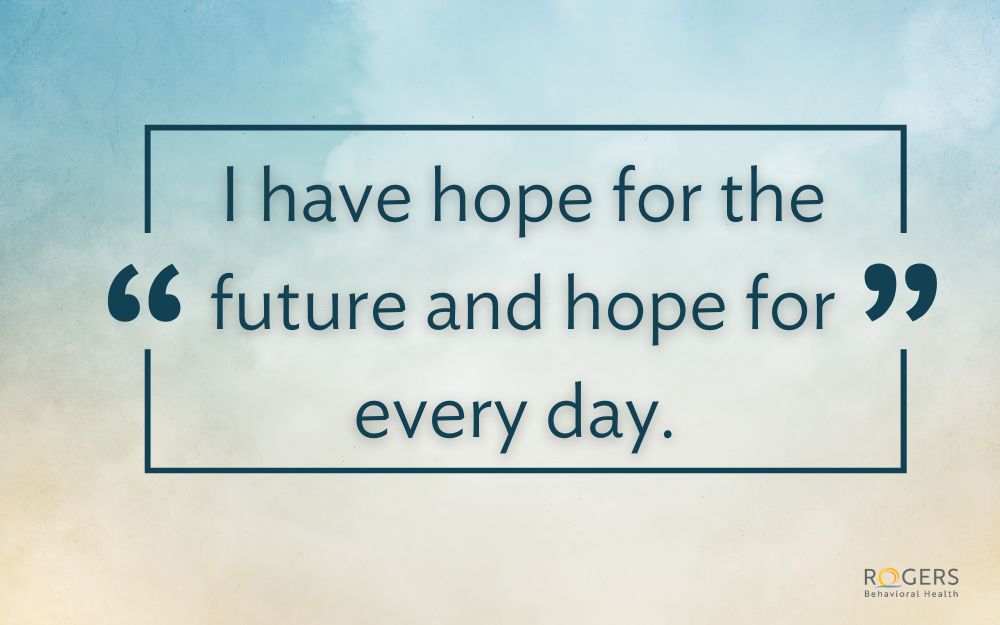Teen with autism spectrum disorder finally finds relief from debilitating challenges
Posted on 05/25/18 08:30:pm
"His heart is so good—he’s caring, funny, and tries so hard to make everyone else happy.”
Kim tears up while talking about all the things she loves about her 15-year old son, Cole, who was diagnosed in the fourth grade with a higher functioning form of autism spectrum disorder (ASD), formerly known as Asperger’s.
The family has been through considerable challenges in the years since that autism diagnosis as they watched Cole decline socially, behaviorally, and academically when his sensory issues mounted. “In seventh grade, things just started falling apart. He developed rituals, and aggression became a big issue,” Kim shares.
“Cole’s OCD and anxiety were off the chart. He couldn’t go out in crowds, couldn’t hear loud noises. Eating was a problem. It was truly debilitating for our family. He was homebound from school for a year and I had to leave my job,” she recalls.
Through all of this, Kim and her husband Lane went desperately in search of solutions that might be able to help her son. After a couple of attempts at treatment including a difficult inpatient stay that wasn’t a good experience, they were discouraged but not ready to give up.
Hope is a breath of fresh air
“We kept doing research, and when we discovered Rogers’ program in Tampa, it was like a breath of fresh air. Really the last hope we had,” remembers Kim.
The family was looking for a program that would address Cole’s OCD and anxiety within the context of a patient on the autism spectrum. That’s exactly what the Rogers Behavioral Health program for those with ASD does. What appealed to her was the model of getting treatment in a small group of patients like Cole, the involvement of parents, as well as access to a psychiatrist to manage and regulate medication. “We were also grateful we didn’t have to be separated from Cole; that would have been too hard on him. It was everything we were looking for,” she remarks.
Support for the whole family
The Tennessee family took up temporary residence in Tampa, living in an apartment for three months. This sacrifice paid off.
Not only was Cole in intensive treatment five days a week, engaged in a unique approach of cognitive behavioral therapy using exposures, but his parents were also able to be there to learn and better understand how to interact with their son.
“The team really supported us. On the more difficult days, they went out of their way to support us with encouragement, personal attention to our needs, and even knowing when we needed a break,” she explains.
In addition to being part of therapy, Kim says the family appreciated having a private room in the clinic that they could decorate and make comfortable throughout the partial hospitalization program (PHP).
“And the fact that partial hospitalization allowed Cole to be with us at night was so great,” she adds. “We started seeing improvement within two to three weeks."
"Life is much easier"
Kim shares, “While we have ongoing struggles and have accepted what will probably always be continuous work for us, Cole is considerably better from being at Rogers. We learned so many things that could help him—about what to do and how to be the best parents for Cole’s needs. Life is much easier now.”
For example, Kim explains that when Cole has intrusive thoughts and faces other triggers, he accepts and realizes what’s happening. “He’ll stop and repeat things he learned, like ‘Ok, I’m having the thought to hit myself. I know it’s just a thought. It’s not real.’”
“He’s very smart and aware of being different. He wants so desperately to be what he calls ‘normal.’ This treatment has been a life changing experience for him and really our whole family,” Kim shares.
Success in treatment
Dr. Josh Nadeau, PhD, clinical director at Rogers–Tampa, created the program specifically for youth with ASD who are anxious and depressed.
“Families like Cole’s really show how important it is to connect people with providers who are not only well-trained in treating anxiety or depression, but who also understand the unique needs of kids on the autism spectrum,” says Dr. Nadeau.
The program is one of the first of its kind—an intensive treatment program that combines evidence-based techniques for treating anxiety and mood disorders, with modifications that have been shown to address some of the difficulties that come with an ASD diagnosis. As Dr. Nadeau explains, “This program is quite new, but as we collect and analyze outcome data for every child and family in the program, the results have been simply spectacular.
“We are still getting the word out to various organizations that help families of youth with ASD,” Dr. Nadeau adds. Many thanks to Kim and Lane for sharing their story. She comments, “We know so many families—especially moms—who are going through this, and we want to be able to help.”
Rogers offer the ASD program for children and adolescents in Tampa, Miami, San Francisco and Chicago. To learn more and to request a free confidential screening, call 800-767-4411 or use our screening request form.
Share this article:



